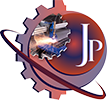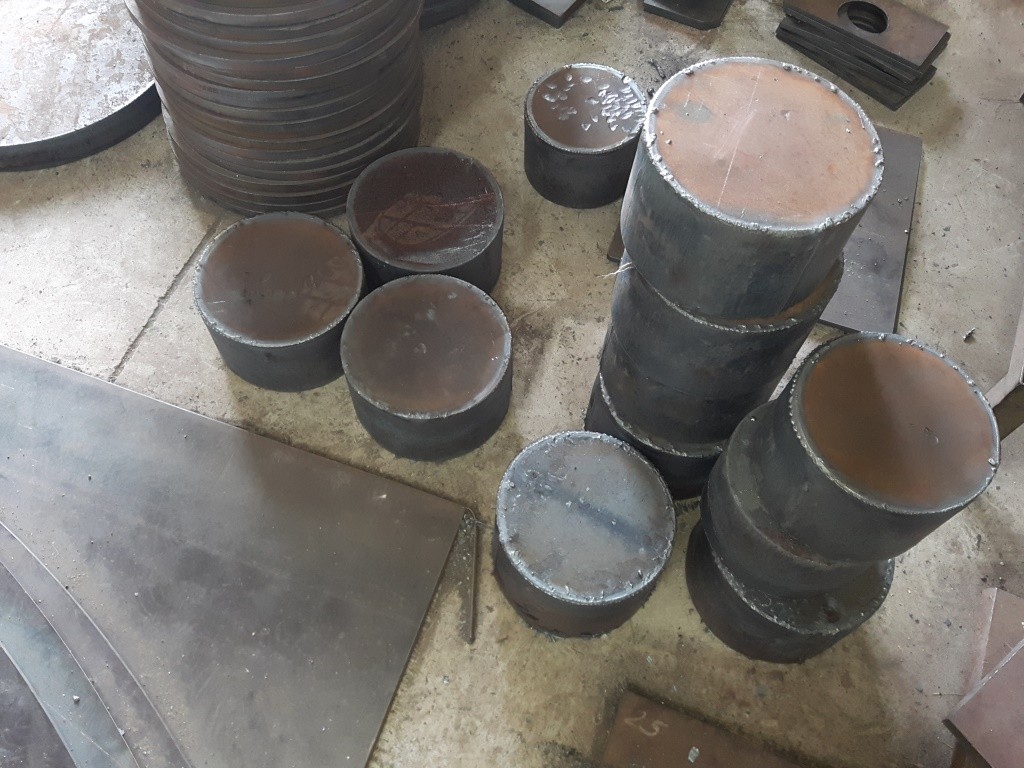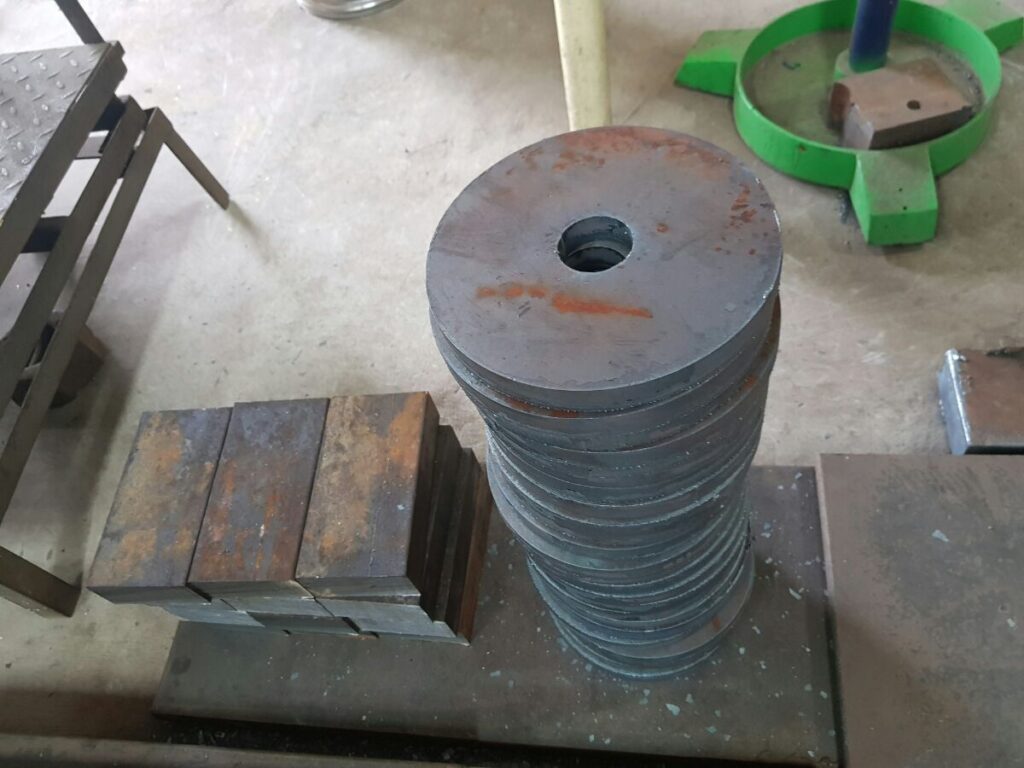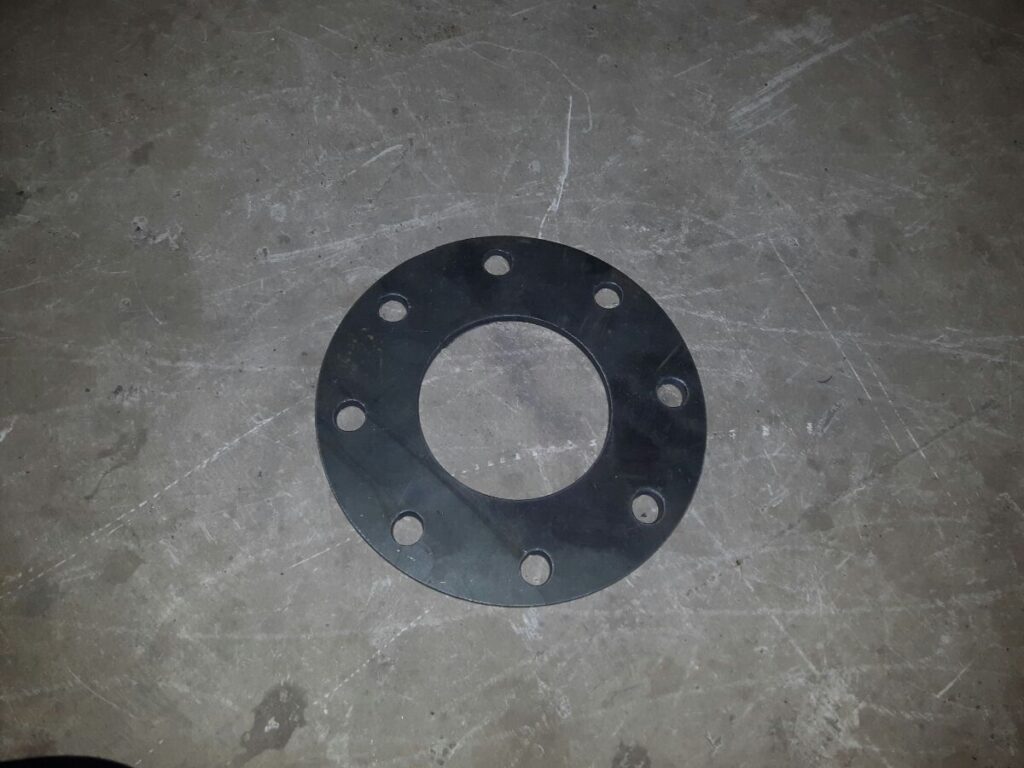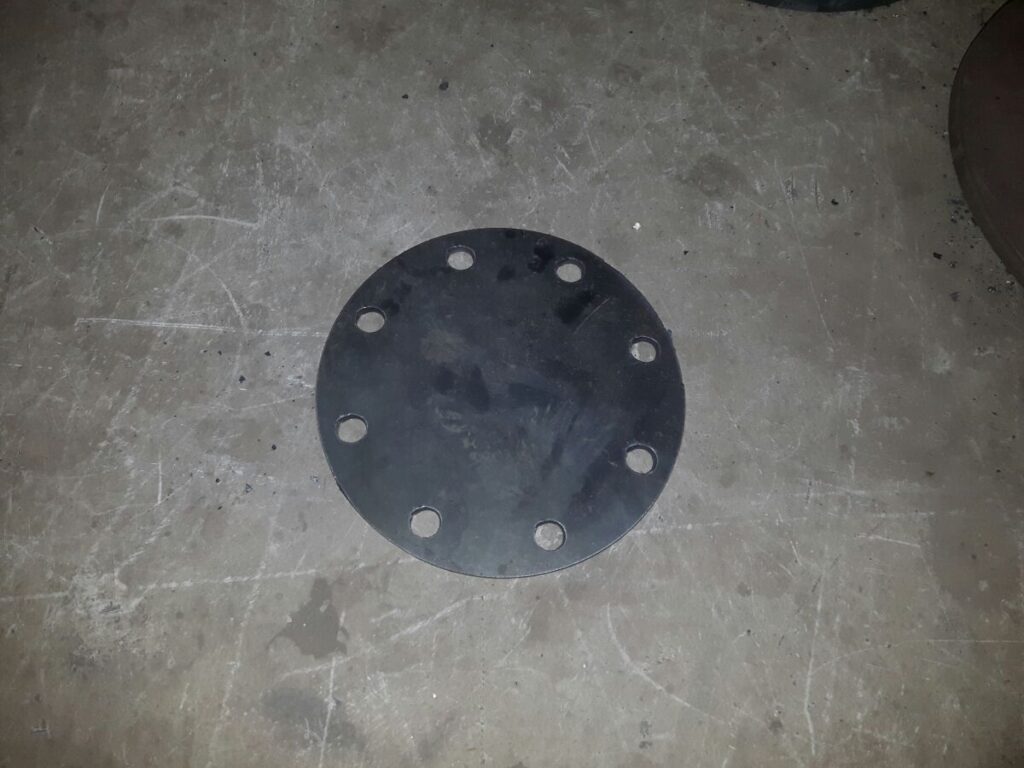Profiles Of thickness 5mm to 300mm can be easily cut on our CNC OXY fuel gas cutting machine which is also designed and manufactured by PROARC. The Plasma and Oxy fuel operations take place on the same machine.
Oxyfuel flame cutting is the most economical process for the cutting of mild and low alloy steel, even with weld preparations. It is one of the most important production processes in the metal industry.
From last years Jitendra Profile Cutting Systems has been providing cutting edge technology for the metalworking industry worldwide. We have perfected machinery for straight oxyfuel cutting to ensure the quality, reliability, and savings to the cutting process.
Oxyfuel cutting is a combustion process using oxygen/fuel gas flame. The heating flame brings the material up to its ignition temperature. Then a jet of oxygen at least 99.5% pure is blown onto the heated spot. The oxygen jet oxidizes the metal then the torch is moved and a narrow cutting kerf is created, removing the slag from the kerf. The quality of the cut depends on the surface condition of the material, cut-velocity, and thickness.
All low alloy steel with a material thickness up to several inches can be cut with this process. Despite the increasing significance of the other cutting processes such as Plasma and Laser cutting, Oxyfuel flame cutting is still a very economical process. For heavy material thicknesses up to 35 inch (900mm) there is no alternative to Oxyfuel flame cutting.
Oxyfuel cutting ensures reliable hole-piercing, high cut quality which the production of components to their finished sizes without the need for further processing. For weld seam preparations V, Y, and K cuts can be produced.
- Plate thickness: 5 mm to 350 mm
- High quality cut edge
- Smooth, vertical planes of cut
- Minimal distortion
- Metallurgical perfect surfaces (oxidized)
- Carbonizing and hardening within the area of the heat affected zone
- High heat input
- Wide range of material
- Low Operational Cost
- Good cutting speed
